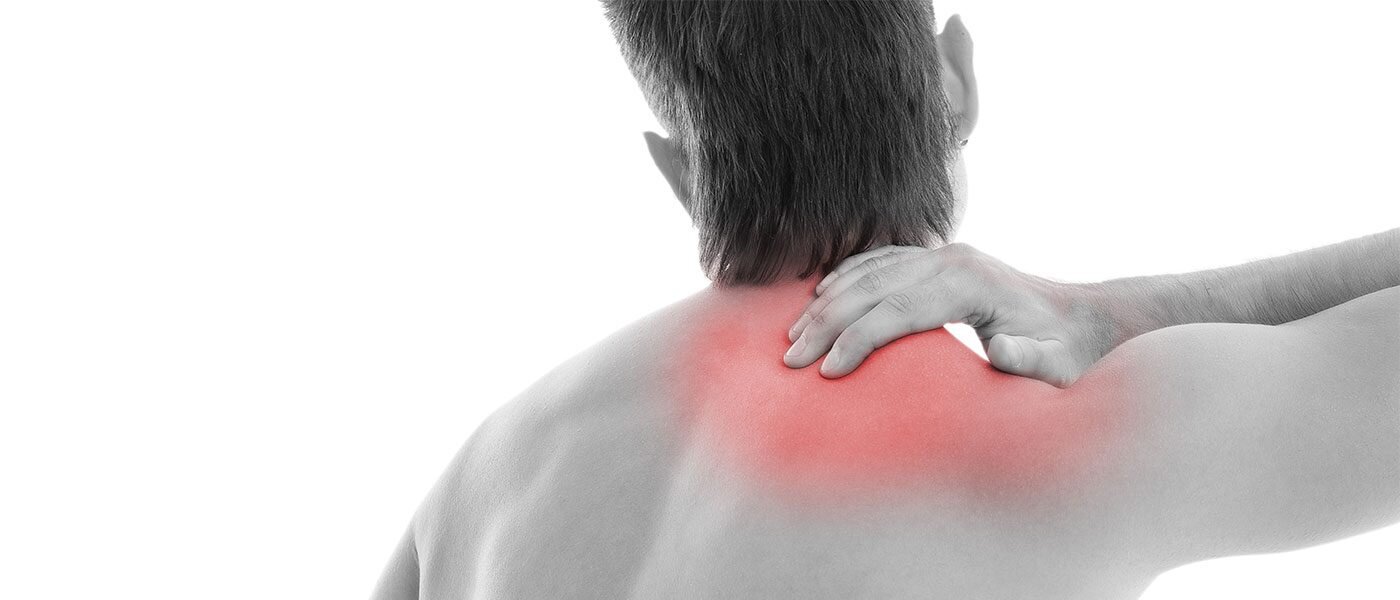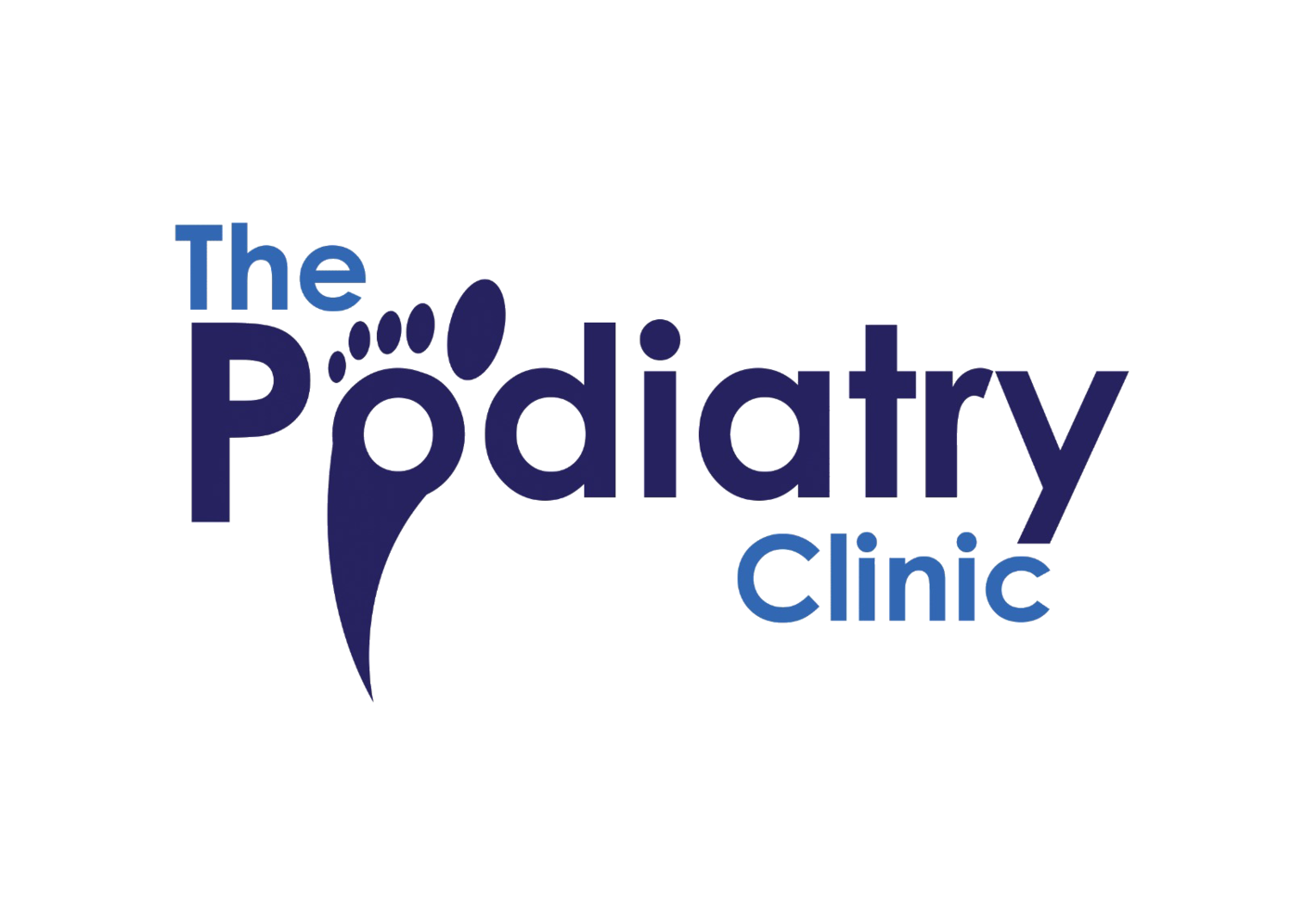
SHOULDER PAIN TREATMENT
Shoulder pain is a frequent problem that can range from a minor annoyance during daily activities to excruciating, abrupt agony that prevents movement, function, and sleep, and its pain can have a significant impact on work, sports, and daily activities. It is therefore critical that shoulder pain is accurately recognized and treated so that you can return to your normal function as soon as feasible.
CONDITIONS THAT CAUSE SHOULDER PAIN
The conditions of shoulder pain we treat in The Podiatry and physiotherapy Clinics in Harborne, Birmingham are as follows:
1. Frozen shoulder (adhesive capsulitis)
It usually begins with pain and stiffness that gradually worsens. The capsule thickens and tightens with frozen shoulder, making it difficult to move.
2. Rotator Cuff Tear and Tendinopathy
A tear in the group of four tendons that stabilise your shoulder joint and allow you to lift and rotate your arms is known as a rotator cuff injury (your rotator cuff). It's a common injury in sports like baseball weight lifting swimming golf and tennis as well as vocational activities like painting and window cleaning. It normally happens over time as a result of normal wear and tear, or if you keep repeating the same arm action. However, if you fall on your arm or carry anything heavy, it can happen suddenly.
3. Osteoarthritis
When the cartilage that covers the tops of bones, known as articular cartilage, degenerates or wears down, it causes osteoarthritis.
4. Subacromial Subdeltoid Bursitis
Subacromial bursitis is a severe shoulder pain that worsens with movement. Early therapy can help you avoid long-term joint problems. These are thin cushions that sit between your bones and your body's working parts, such as muscles and tendons. This is most common in bursae surrounding joints that repeat the same motions over and over, such as your hips, elbows, and knees.
5. Rehabilitation after Shoulder Dislocation
The shoulder is the body's most movable joint, and it's also the most likely to dislocate. Shoulder dislocations are most common in contact sports, although they can also happen in daily incidents, such as falls. A dislocated shoulder usually necessitates the aid of a medical practitioner to reposition the joint. After the joint has been straightened, a physiotherapy oversees shoulder therapy and assists the patient in avoiding re-injury.
6. Rehabilitation after shoulder replacement
Shoulder replacement (arthroplasty) is a procedure that involves replacing all or part of the joint in the shoulder. After whole or partial shoulder replacement surgery, physiotherapy assist patients in returning to their previous levels of activity.
What Is Shoulder Arthroplasty?
Shoulder replacement (arthroplasty) is a surgical technique used when alternative therapies, such as medicine or physiotherapy, have failed to control or relieve pain, or when the shoulder can no longer be used. A consultation with an orthopaedic surgeon can help you decide whether this operation is right for you or not. We will discuss more about the rehabilitation exercises on our blog about “Rehabilitation after shoulder replacement”.
How Is Shoulder Pain Treated?
Resting the Shoulder Joint. The shoulder joint is being rested or modified activities.
Taking nonsteroidal anti-inflammatory medications (NSAIDs) such as aspirin or ibuprofen. Consult your doctor to ensure that you can safely take these medications.
Physiotherapy as prescribed by the physiotherapist.
Exercises. The purpose of these workouts is to enhance flexibility, improve movement and strength as well as reduce pain.
Applying Heat or ICE. Please discuss with clinician before using heat.
Corticosteroid (Cortisone or Steroid) injection. Reduces the pain and enhance the range of motion in your shoulder joint.
Ultrasound Guided Corticosteroid (Cortisone or Steroid) injection: Reduces the pain and enhance the range of motion in your shoulder joint. More accurate as compared to simple injection as performed under ultrasound guidance.
Diagnostic Ultrasound Scan: An ultrasound scan can be performed to find out the cause of the pain and help to formulate a treatment plan.
Shoulder manipulation. It can help loosen up your shoulder tissue. Under general anaesthesia, surgeons would firmly move the shoulder.
Surgery. This is only used in the most extreme cases to treat if alternative therapies have failed, your doctor may recommend surgery.
Assessment
The initial assessment consultation session at the Podiatry Clinics in Harborne, Birmingham, lasts about 45 minutes. During consultation, an advanced musculoskeletal clinician performs a thorough assessment and discusses the patient's diagnosis and treatment options in detail.
Diagnosis
Diagnostic ultrasound scan (point-of-care POCUS) is performed alongside musculoskeletal assessment, which provides additional information on top of conventional physiotherapy assessment as well as accurate diagnosis of soft tissues around the joints. Further information on diagnostic ultrasound scan, click here!
Treatment
Advance musculoskeletal clinician at The Podiatry and Physiotherapy Clinics in Harborne, Birmingham, are autonomously endorsing physiotherapists and completely prepared in performing infusions in delicate tissue and joints (with and without ultrasound direction). Thus, notwithstanding ordinary appraisal, and treatment, clinician can give solution if necessary and proposition delicate tissue and joint infusions following point by point meeting. Additional data on delicate tissue and joint infusions (with and without ultrasound direction) click here!
Follow-up
Follow-up treatment meetings are required as a component of on-going recovery, physiotherapy meetings and coherence of the board plan as concurred with the patient on the underlying evaluation.

